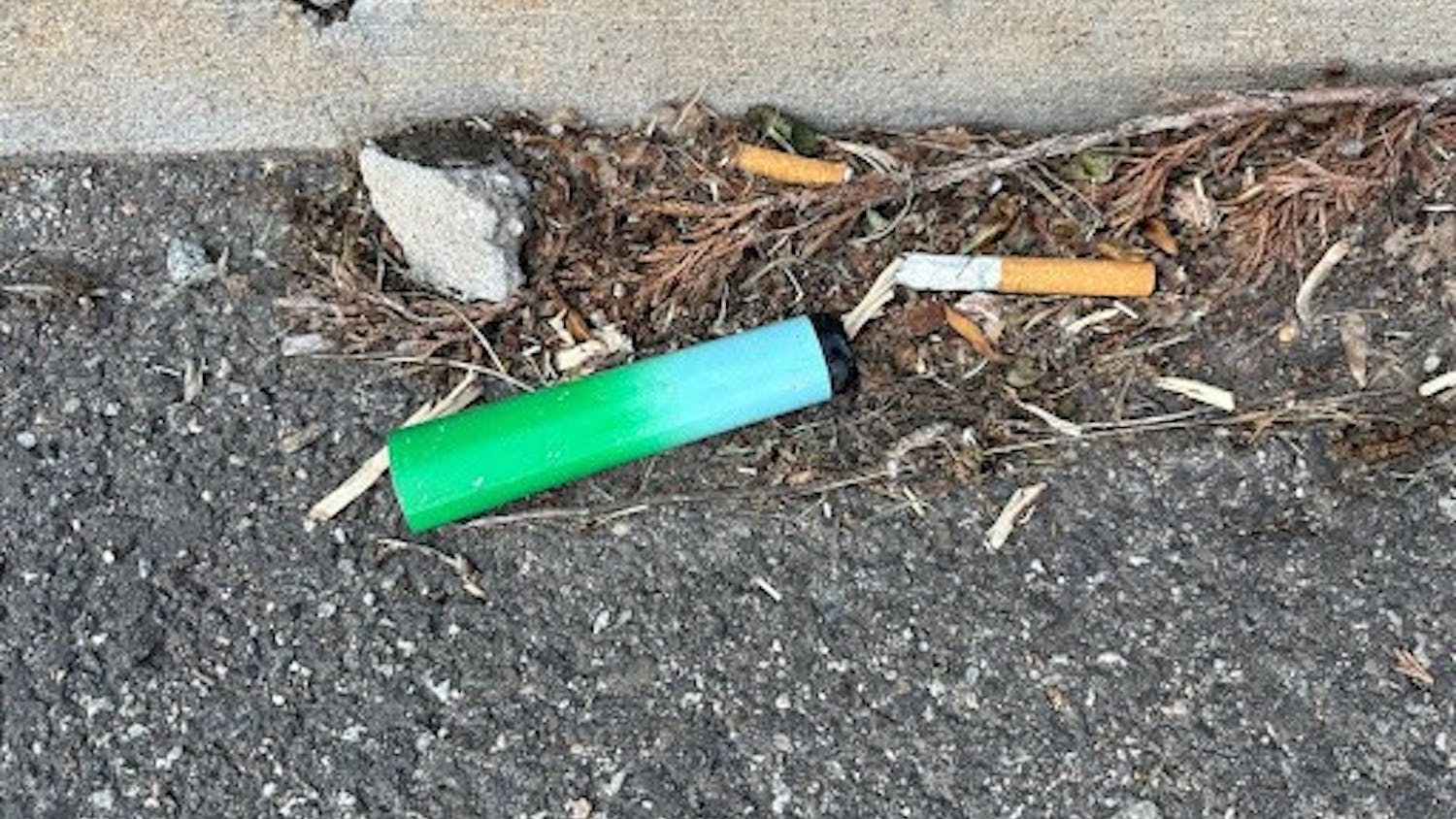[caption id="attachment_29689" align="alignright" width="485" caption="The pipeline has brought into question the harmful effects it can have on not only people, but also the environment. (AP photo)"]
 [/caption]
[/caption]
Since the inception of the project in 2008, controversy has surrounded the planned Keystone XL pipeline, which will allow the passage of crude oil from the oil sands region in Alberta, Canada down to the Gulf Coast, specifically large refineries located in Oklahoma and Texas.
The first two phases of the project have already been completed, and the final two are still awaiting approval from Washington D.C. The combined effort — if the latter stages are signed off by the President — will put the plans for the extension to incur total costs to equal over $5 billion.
The complete pipeline will allow TransCanada to pump an estimated 1.1 million barrels of crude oil per day to the United States, which some proponents of the pipeline believe will sever the nation’s continued reliance on farther and more costly foreign countries for oil imports, such as the Middle East. The oil sands region in Canada is the third largest natural source of oil in the world behind Saudi Arabia and Venezuela.
The President’s decision for the extension — which is set to be for next March — is a highly awaited result for Keystone, alternative energy activists and environment critics of the pipeline. Obama commented in his climate change conference last June that, “The net effects of the pipeline’s impact on our climate will be absolutely critical to determining whether this project is allowed to go forward.”
These plans are being delayed by Washington, while the concerns over the possible risks that the pipeline could present to people, as well as to the waters and farmland that the Keystone XL will “snake” through are amounting. The pressure is building on the President and his Climate Change Agenda to reduce the rate of the U.S.’s greenhouse gas emissions by 17 percent by 2020.
The Alberta oil sands contain 54 thousand square miles of dense sediment called bitumen, which is a semi-solid form of petroleum mixed with sand and water. The deposit’s dark color and putrid odor lent the region its nickname of “tar sands.” Using modern shale fracking techniques, the “extremely-heavy synthetic crude oil” is extracted from the unconventional source, and currently, the active pipes are pumping 591 thousand barrels a day throughout the Midwest. Since Canada first started developing its shale practices, the European Union has been starkly opposed to the practices, labeling as a “dirtier” form of unconventional oil extraction. A Stanford study has found that drawing petroleum from oil sands is to be 25 percent more carbon-intensive than other methods.
Alberta local fisher and hunter Raymond Ladouceur has seen what he believes to be the detrimental health effects that the pipeline has brought onto him and his neighbors’ health and the ecology of the lakes where he still fishes.
In an interview with the Huffington Post, Ladouceur relents, “Chemicals have been coming down here for years, ever since the oil companies got started,” and that he has found mutated fish, sometimes with two or more tails. Also, a plague of rare cancers have spread throughout his small community of Fort Chipewyan, and Ladouceur believes that the fumes from fracking have caused him severe cardiovascular disease.
The Keystone XL pipeline is still under review by the government. However, the battle remains on unconventional sources of fuel that prompt processes like fracking and the risks these actions by oil companies pose to the environment and public health.






